What kind of coffee should I order in a boutique coffee shop? Detailed explanation of the menu of boutique coffee shop!
Professional coffee knowledge exchange more coffee bean information please follow the coffee workshop (Wechat official account cafe_style)
With the arrival of the third wave of coffee, the level of domestic coffee consumption is growing rapidly, and boutique coffee shops are all over the street. Walk into a boutique coffee shop and you will find that they are completely different from Starbucks: different menus, different devices, and even different ordering processes. If you don't know what kind of coffee they sell, you may be scared off by the way they look professional--
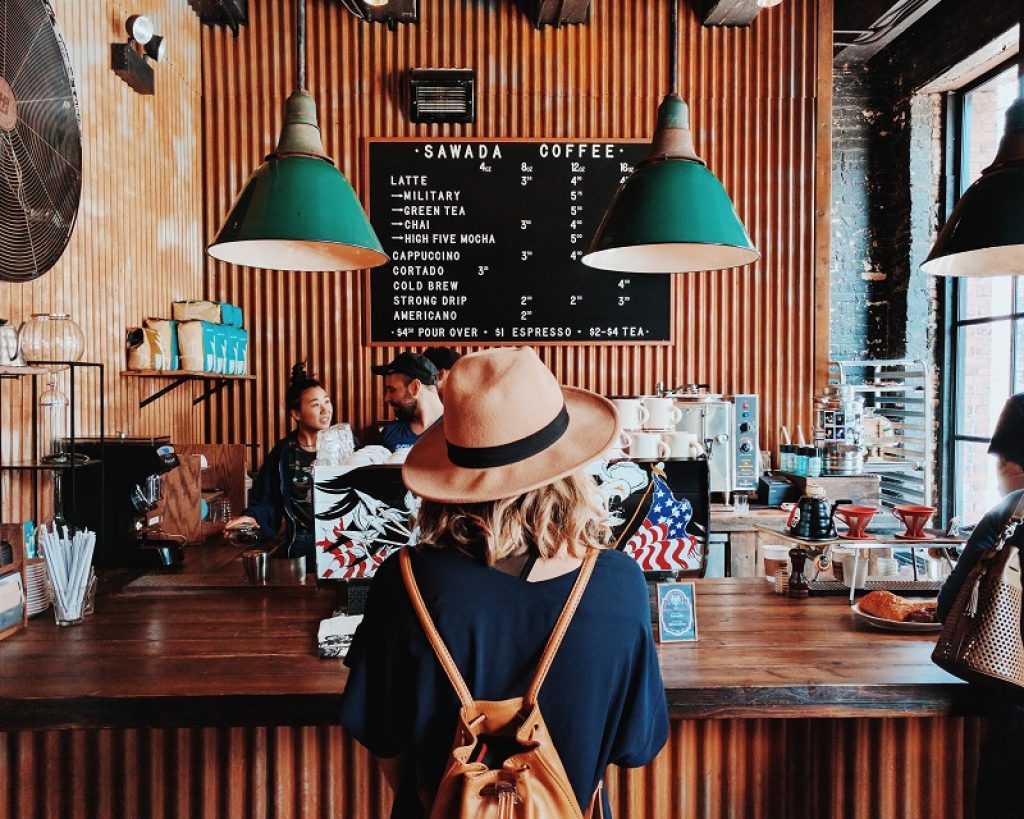
For those who are not familiar with the coffee wave, let's start with a quick history lesson:
The first wave of coffee: "Let each of us have coffee at home!"
Instant coffee is widely promoted and sold by Nestle and other companies. Coffee has become a daily necessities in many families.
The second wave of coffee: "Coffee can be a # 39; luxury & # 39 *, which makes our coffee experience special!"
Starbucks is the big company most associated with the second coffee wave. Seattle specialty coffee shows the beauty and charm of deep-roasted coffee, emphasizing the social nature of coffee and encouraging people to go to cafes instead of brewing at home. Coffee is usually packed in paper cups to meet the fast-growing demand of the consumer market with convenience.
The third wave: "I want to know everything about these coffee beans, from seeds to cups!"
The current trend is focused on the source of coffee beans and the way they are grown. Terms such as fair trade, organic cultivation and seasonal origin are common. People are back in love with hand-brewed coffee and are mostly lightly roasted. Espresso can be made from blended or individual coffee beans, but coffee beans are usually no more roasted than medium-and deep-roasted beans; you can still drink coffee in a coffee shop. but baristas generally advise you to use ceramic cups and drink in order to get a better flavor experience.
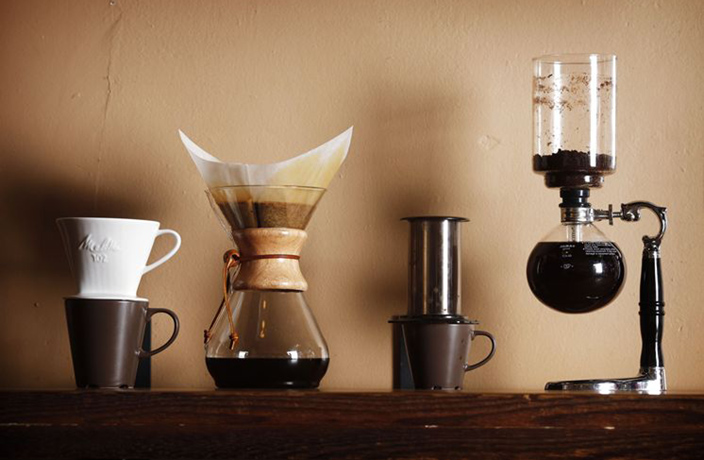
If you are a regular Starbucks drinker who plans to try some fresh coffee recently, I suggest you go to a boutique coffee shop. But let me warn you, the menu in a boutique coffee shop is very different from that of Starbucks: there are not so many lovely drink names, no Frappuccino, not much flavor syrup, and certainly no medium / large / oversized choice.
Here are the classic menus from boutique coffee shops (let's ignore drinks such as hot chocolate and milk tea for a while):
Individual coffee: automatic filter coffee / hand brewed coffee (V60, Kalita Wave) / siphon coffee / French presser coffee / smart cup coffee
Espresso: Espresso/ American coffee / cappuccino / Flat white/ latte / macchiato / mocha
Cold drink (coffee base): ice drop coffee / cold extract coffee
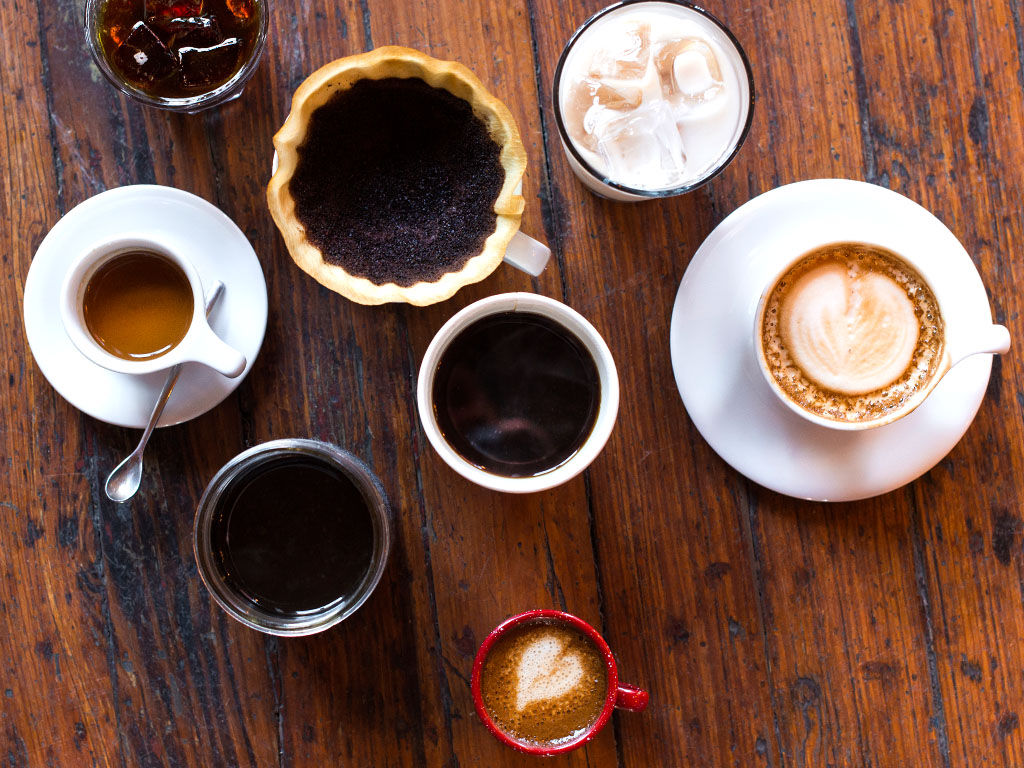
Let's start with individual coffee. If you are in a hurry, automatic dripping coffee will be the quickest way for you to pack and take away (it is not popular in China at present). But if you have time to sit down and enjoy it in the store, try making coffee by hand. On average, they take about four minutes to brew, but they are guaranteed to be freshly brewed and taste better than pre-made coffee, even if poured from a ceramic cup to a paper cup. Coffee brewed from a filter cup such as Hario V60 (or a filter cup such as Kalita Wave or KONO) will be cleaner and more transparent, and can have many complex flavors. What exactly does it taste like? It depends on your choice of individual coffee beans. You'd better ask the barista on the spot.
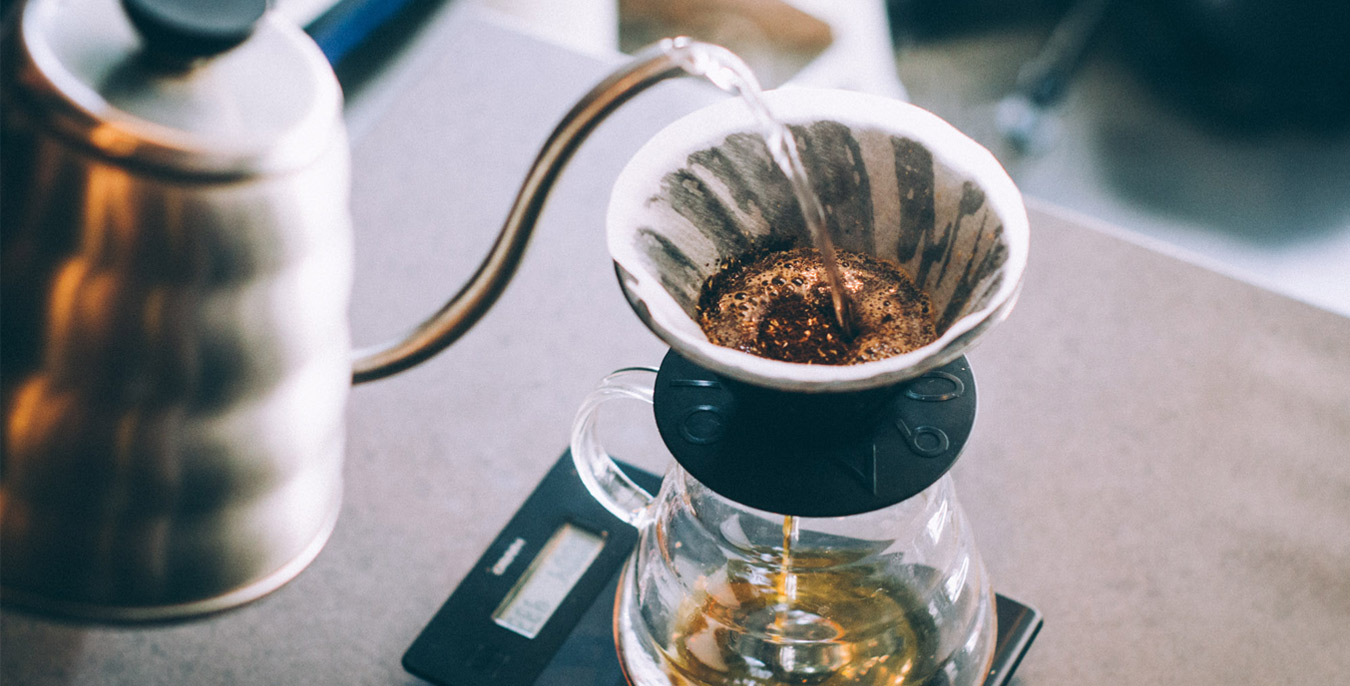
If you want more than one cup of coffee, or if there are many people drinking coffee together, then Chemex coffee is also great. The filter paper of Chemex is thicker than V60, so although it has many similarities with V60, the taste of Chemex is brighter and richer than other hand-flushing methods. The exact taste depends on the coffee beans you choose, such as Ethiopian coffee brewed by Chemex, which really has a fruity flavor, light texture and a refreshing taste.
The French kettle can also make delicious coffee. The kettle has no filter paper at all, but is replaced by a metal filter. After brewing, the metal screen can filter out the coffee grounds, separate the coffee grounds from the brewed coffee, and then pour the coffee into the cup. This method retains most of the natural oils in coffee, which will produce a fuller and fuller flavor than other ways of brewing coffee. But after you finish cooking, you must pour it out immediately to prevent overextraction. In addition, the last sip of French coffee often has some "residue", so we don't have to take the last sip.
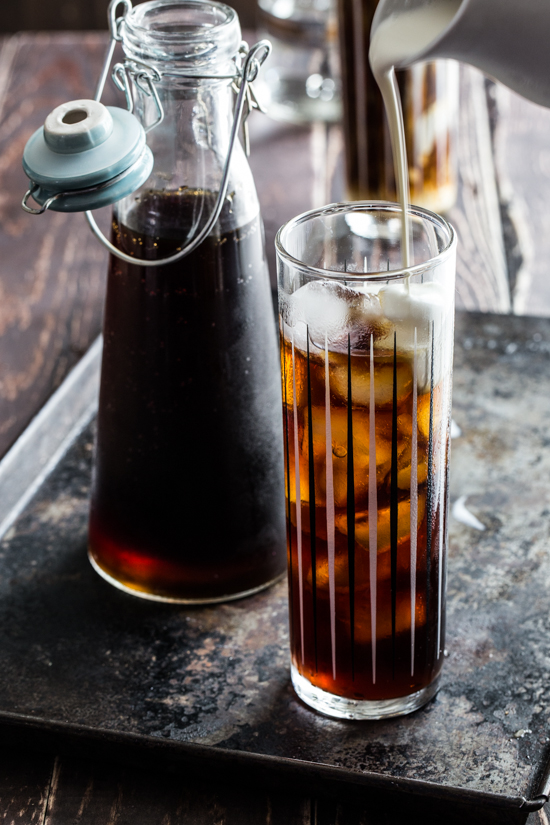
If you like iced coffee, cold coffee is worth a try! This coffee is brewed in cold water instead of hot water, and it usually takes as long as 12-24 hours to extract. It is generally believed that many bitter compounds in coffee are extracted when brewing coffee in hot water, so brewing in cold water can minimize these flavors and get a very smooth taste. Some boutique coffee shops also sell nitrogen cold extract coffee, a kind of cold extract coffee with nitrogen, which is easily reminiscent of craft beer (not taste, but texture).
Your usual drink: star Frappuccino
With the exception of Starbucks, most coffee shops do not sell Frappuccinos, and even if they do, they are not authentic. If you insist, the closest you can get is an iced latte, and you need to add your own syrup. Or you can try cold coffee with milk and sugar, which has a stronger and smoother flavor.
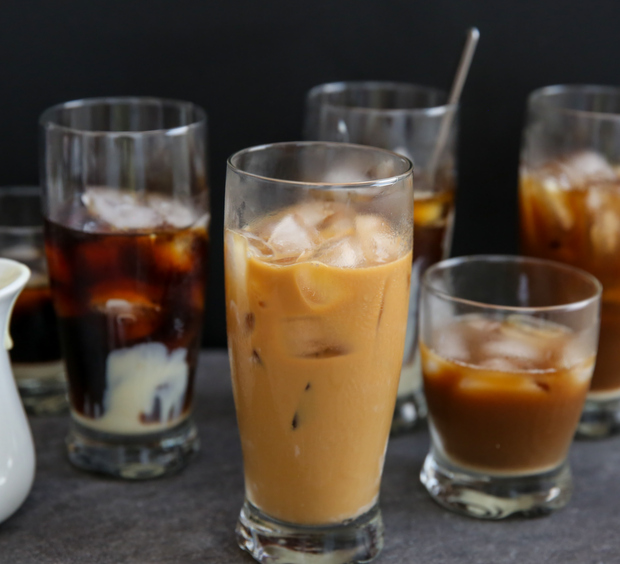
Your usual drink: latte
Um... You can buy this anywhere, but taste carefully what's the difference between milk and coffee.
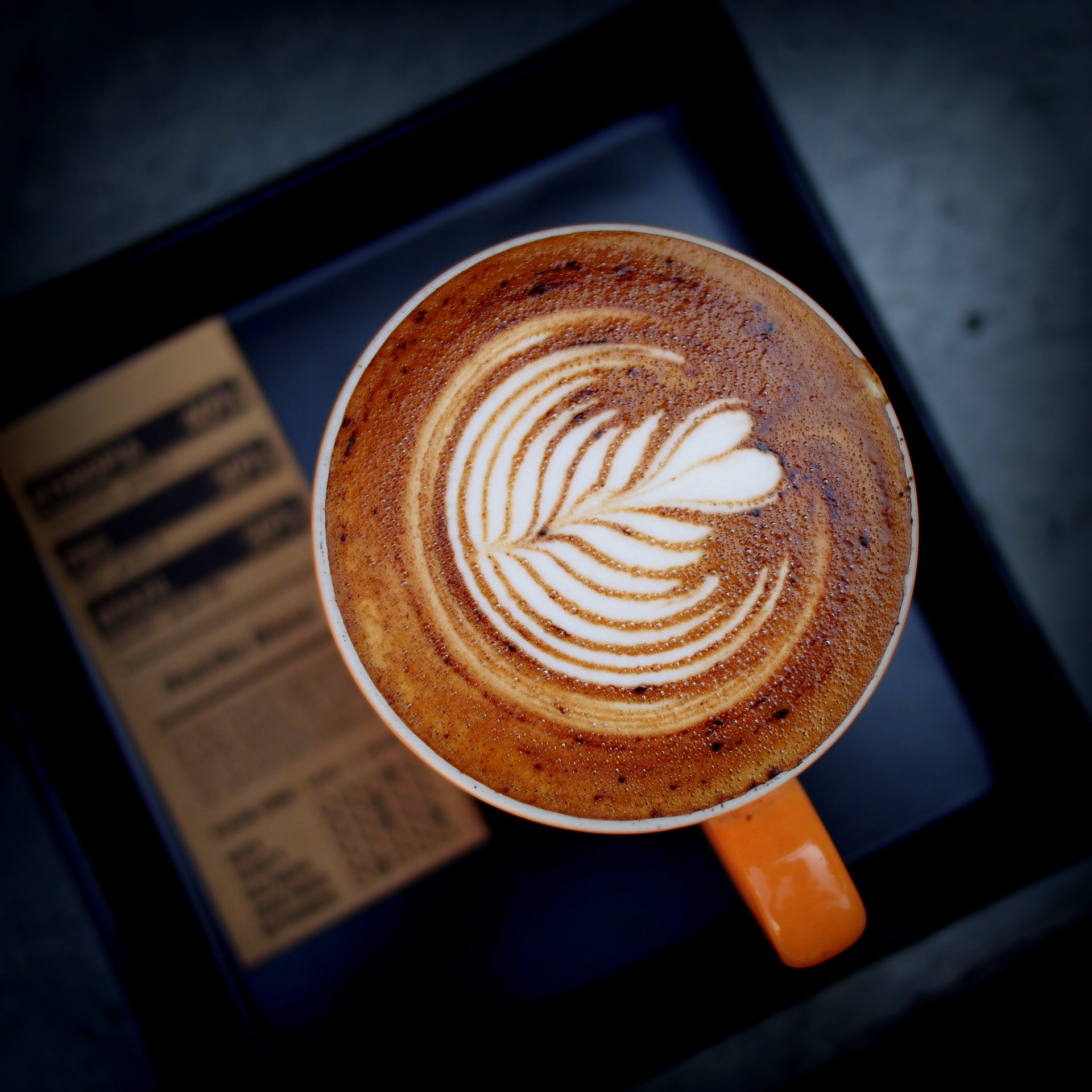
Your usual drink: Starbucks caramel macchiato
You may not find a Starbucks version of caramel macchiato in a boutique coffee shop. The real macchiatos is a fairly small drink-just espresso plus a spoon of foam (even less than 12 ounces). Why don't you try cappuccino, more like Starbucks caramel macchiato--
Your usual drink: dripping coffee (coffee this week)
Try making coffee by hand (V60, Chemex, etc.). French pressure pot coffee is also delicious for people who like to make coffee by hand.
Your usual drink: Doppio Espresso
If you like to drink espresso at Starbucks, drinking espresso in a boutique coffee shop will give you a very different experience. First of all, Starbucks usually uses paper cups for espresso-the taste and taste of paper cups have a great impact on espresso. Second, their coffee beans and equipment do not provide you with the best espresso experience. When many people taste Starbucks espresso for the first time, they even wonder why anyone likes espresso-isn't Starbucks the world's largest coffee chain? Isn't their espresso the most authentic and best to drink? Of course not, just like McDonald's is the largest fast food restaurant in the hamburger world, but their hamburgers are not the best.
For example, espresso from Starbucks usually goes like this:
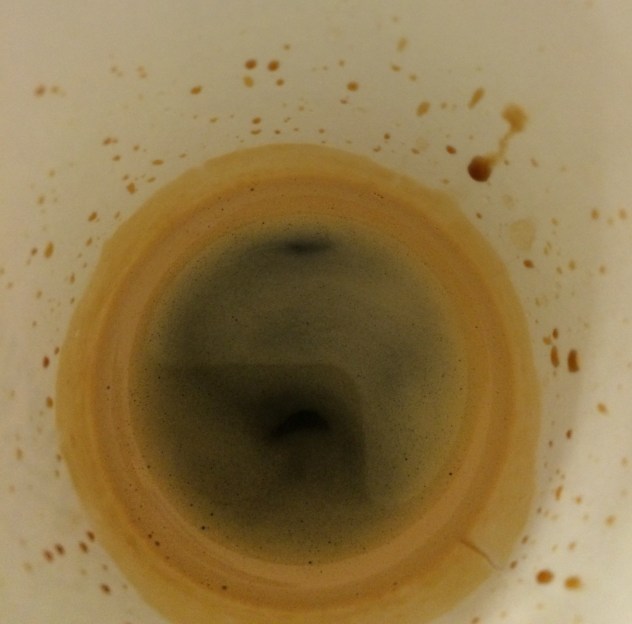
And espresso in most boutique coffee shops should look like this:
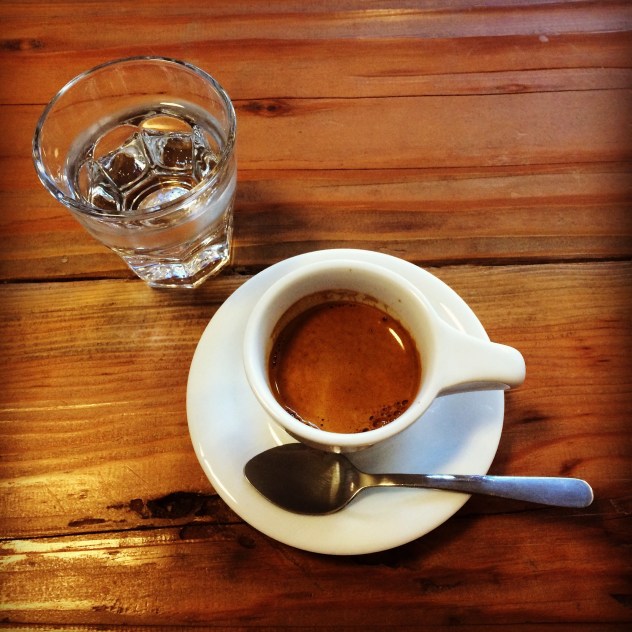
Plain boiled water is used to clean the mouth and remove odor. Take a sip before drinking espresso. Some people like to stir crema (the thick, beautiful layer of fat on espresso) into the cup before drinking it, whether you stir it or not. If you want to drink a cup of espresso quickly (finish it with one or two sips), you may not need to stir the crema. If you want to sip slowly and savor the intense sweetness and stickiness, it's worth a try. But don't hesitate for too long. Crema will disappear soon.
In most places, the standard portion of espresso is double espresso (double shot, 2 oz). If you want an espresso, the editor will advise you to say "double concentrate" instead of "Double Espresso", because. The barista will hear "pack Espresso"! Haha (it's so cold. )
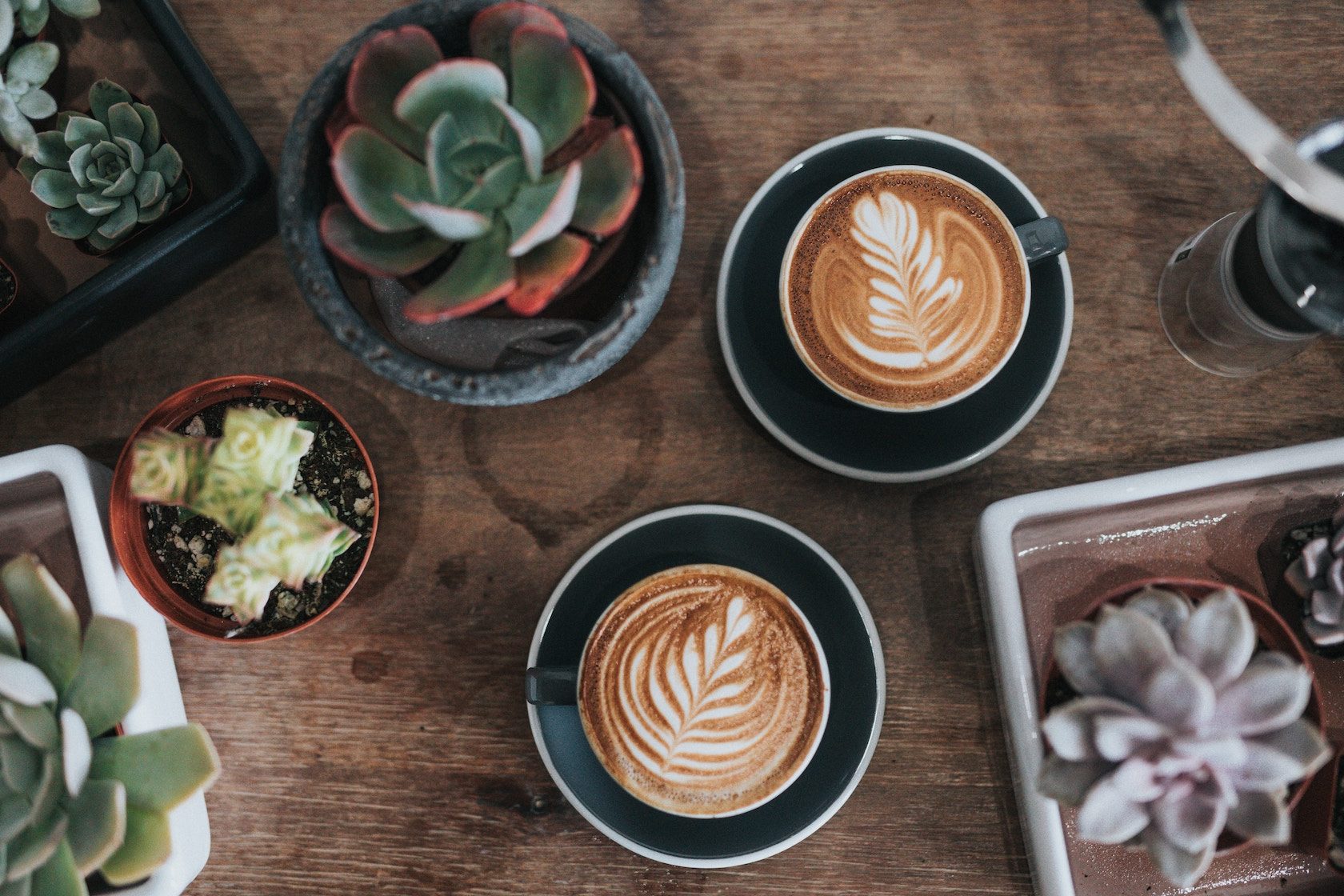
Finally, don't be afraid to try something new! If you have any questions, please ask the barista and they will recommend varieties according to your daily taste habits. And remember, this is just a cup of coffee, there is no moral kidnapping, there is no chain of contempt, the best coffee must be your favorite coffee.
Life is too short, don't drink coffee you don't like!
END
Important Notice :
前街咖啡 FrontStreet Coffee has moved to new addredd:
FrontStreet Coffee Address: 315,Donghua East Road,GuangZhou
Tel:020 38364473
- Prev
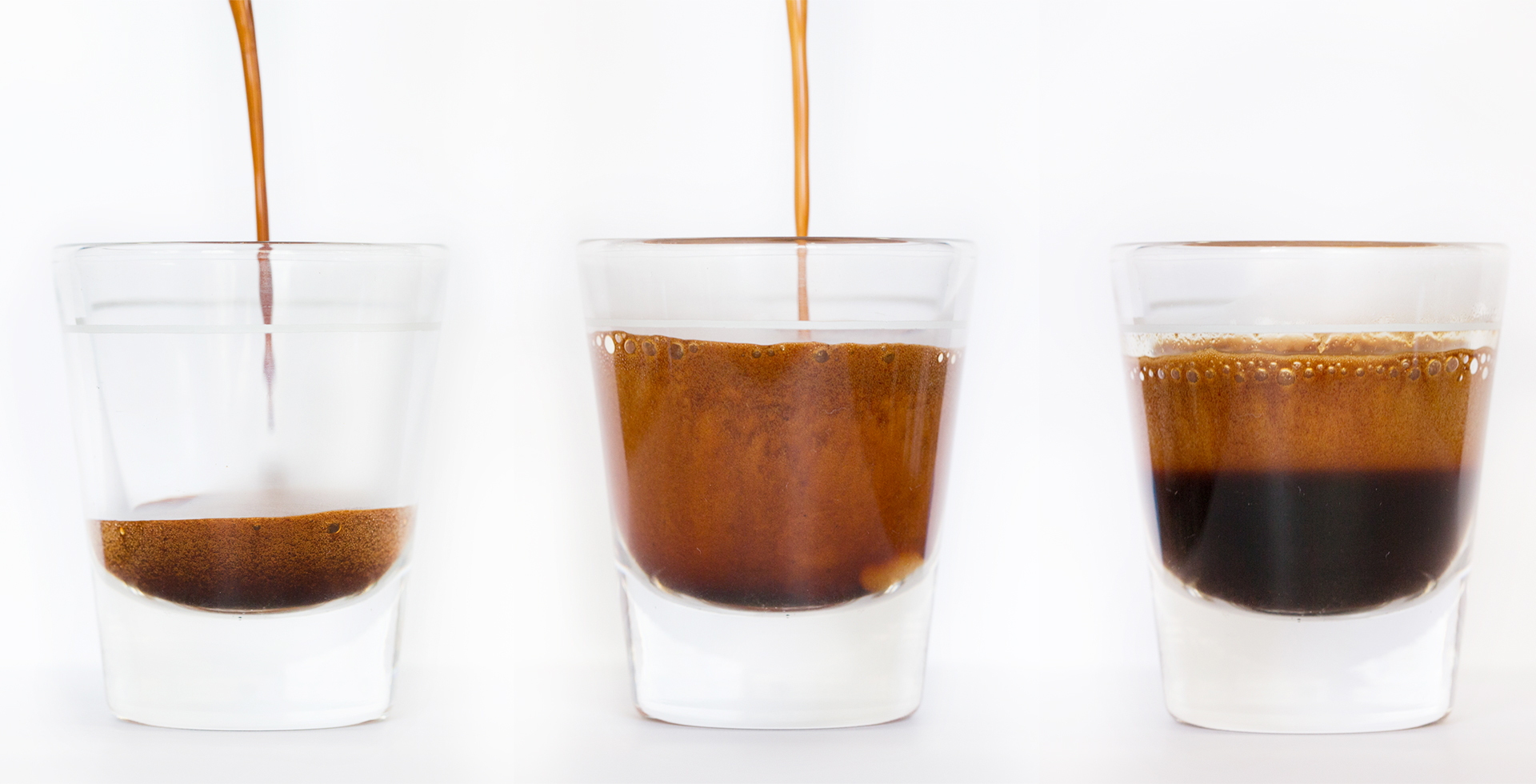
Zero-based discriminative concentration-how to quickly and accurately compare the quality of Espresso?
Professional coffee knowledge exchange more coffee bean information please follow the coffee workshop (Wechat official account cafe_style) coffee extraction, mainly using the diffusion of coffee powder in the water, and the flushing force of the water itself, the soluble solid matter in the coffee fiber is converted into a cup of liquid coffee. A soluble solid substance that is diffused and scoured has a sequence.
- Next
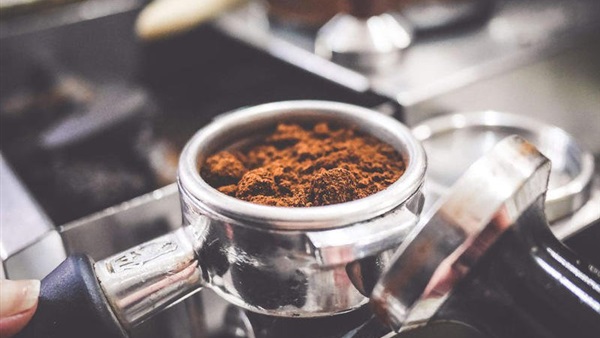
What is the most suitable amount of powder for Espresso? What is the effect of different amount of powder on Espresso cooking
Professional coffee knowledge exchange more coffee bean information Please pay attention to the coffee workshop (Wechat official account cafe_style) powder quantity is one of the basic variables of any brewing formula, but it is probably the most easily overlooked parameter. Most of us may adjust the grinding scale or powder-to-water ratio regularly, but almost all of us use the same amount of powder. To be fair, there is a good reason for this-
Related
- Beginners will see the "Coffee pull flower" guide!
- What is the difference between ice blog purified milk and ordinary milk coffee?
- Why is the Philippines the largest producer of crops in Liberia?
- For coffee extraction, should the fine powder be retained?
- How does extracted espresso fill pressed powder? How much strength does it take to press the powder?
- How to make jasmine cold extract coffee? Is the jasmine + latte good?
- Will this little toy really make the coffee taste better? How does Lily Drip affect coffee extraction?
- Will the action of slapping the filter cup also affect coffee extraction?
- What's the difference between powder-to-water ratio and powder-to-liquid ratio?
- What is the Ethiopian local species? What does it have to do with Heirloom native species?

